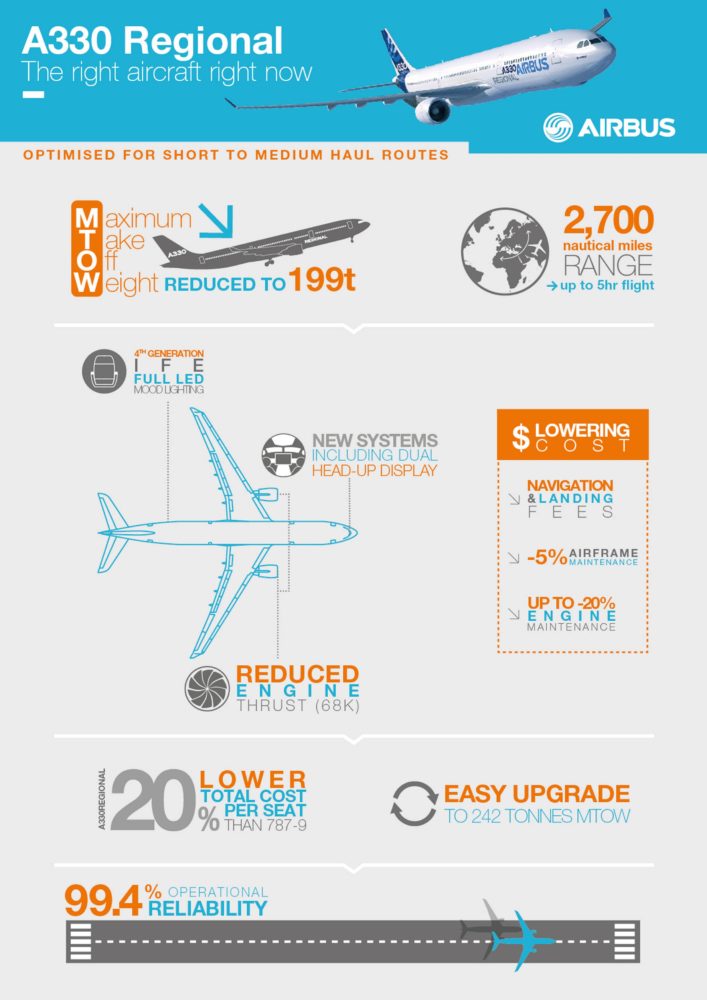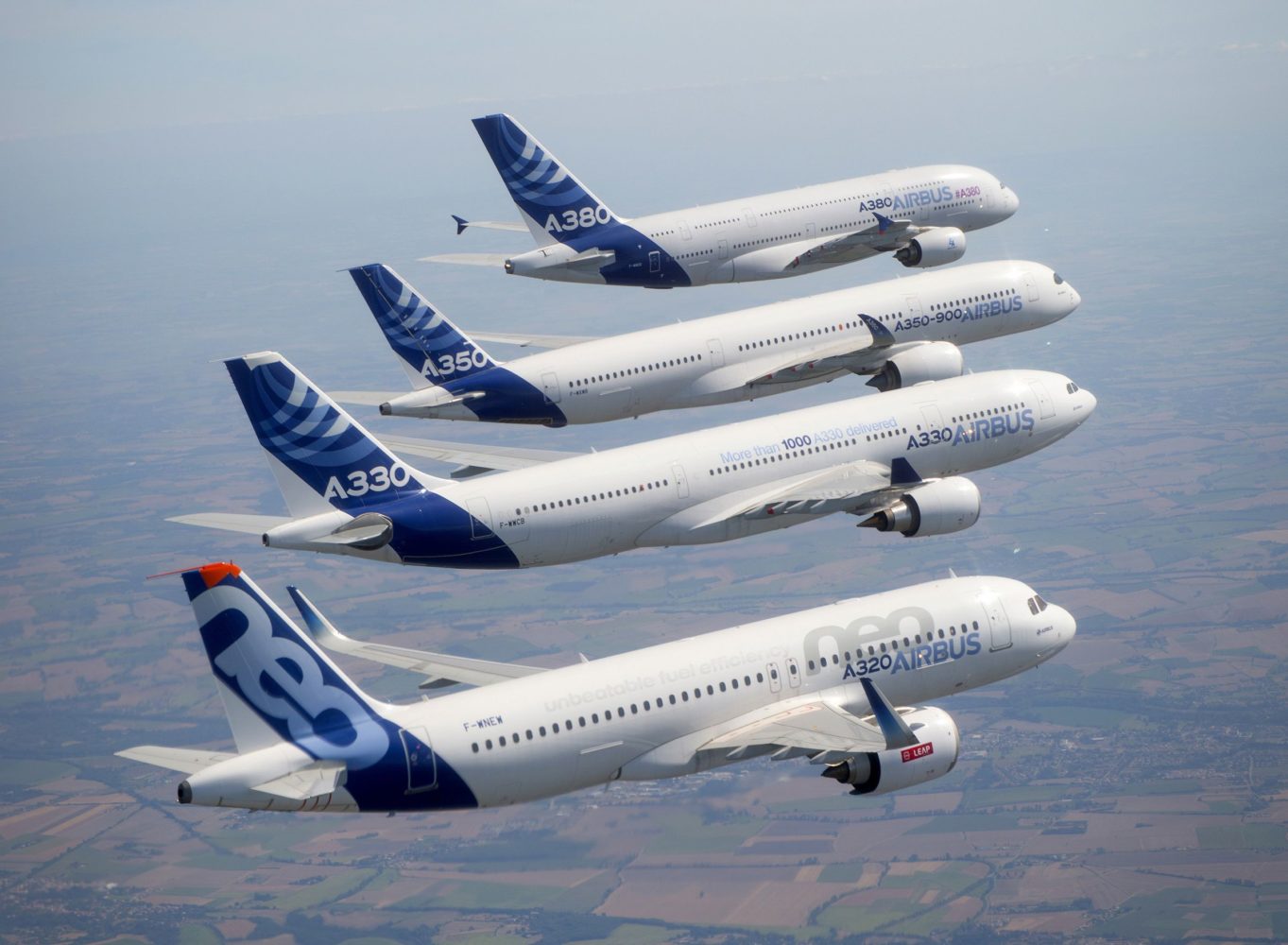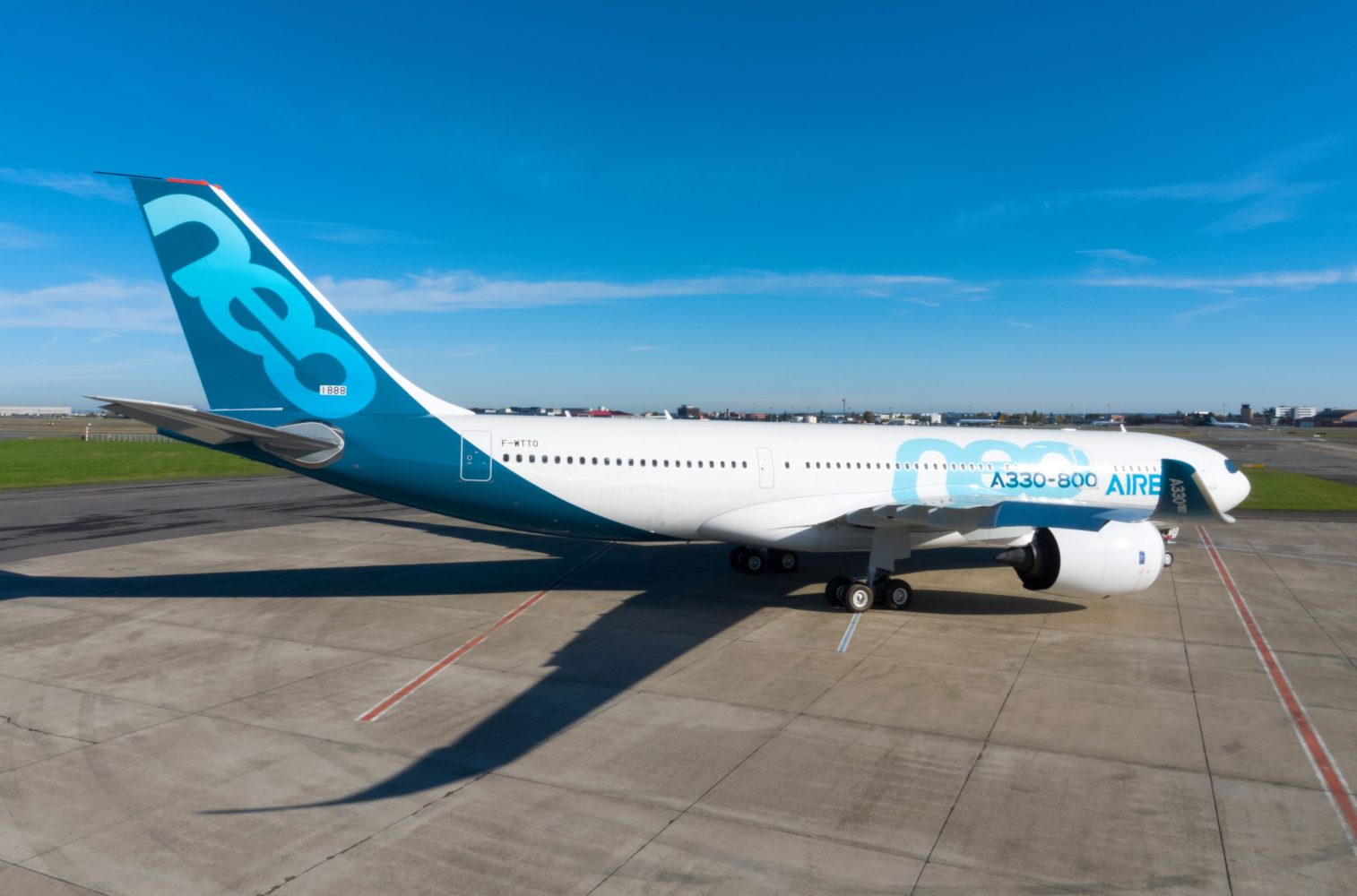Airbus considering regional A330neo
The Airbus A330neo is currently bathing in attention, with the delivery of the first A330-900 to TAP Air Portugal a few days ago and the maiden flight of the A330-800 earlier this month.
Despite this attention being focused on the two A330neo members which make up the revamped family, Airbus is looking at whether to offer a regional variant of the A330neo to airlines that want to fly short trips with high load factors.
With Boeing set to make a decision on the ‘797’ in the coming year, Airbus wants to ensure they’re in a position to counter their move, even though they’re confident the A321neo, A321LR and potential A321XLR can cover the market, with the A330neo taking over the slightly longer and heavier routes. Airlines are still waiting to see what Boeing is considering, however the A320 and A330 families are proven and would see any new developments or modifications enter the market much sooner that Boeing’s proposed ‘797’ entry into service in the mid 2020s.
Regional variants of medium to long haul aircraft come to fruition by reducing engine thrust and adjusting systems, which ultimately reduces the fuel load and burn as well as maintenance. Paperwork adjustments will see the maximum takeoff weight reduced to lower takeoff, landing and airport fees.

Regional variants of the A330 aren’t a new concept, however, with Airbus announcing the A330-300 Regional in 2013 as having a reduced maximum takeoff weight of 199 tons, lowered engine power and lowered range. Combining the modifications, Airbus advertised the aircraft to offer 26% lower operating costs than the standard A330-300. Saudia was the launch customer for this type.

Current models of the A330neo have a maximum takeoff weight of 242 metric tons, however engineers have stated a 200 ton option is easily accomplished. The target engine thrust for this takeoff weight option would be around 68,000 pounds of thrust, which is a 4000 pound reduction from the 72,000 pounds Rolls-Royce advertises with the Trent 7000 – the only engine option for the A330neo.
As Airbus’ management takes a major leap in the rapidly approaching 2019, announcements for future aircraft developments in the widebody and narrowbody segment are expected. Confidence is evident in the company, with statements about the A330neo Family and A320 Family working hard to close the gap between single-aisle and long range flying.

Customers for these potential developments are part of these announcements expected in 2019, which is also when more airlines will begin looking at options for their A330 fleet replacement strategies. Part of the presentation Airbus had during the delivery of the first A330neo was the fact that it entered the market before the full replacement cycle kicks in. Will they satisfy their thirst for more orders or will Boeing continue to strangle them with the 787 Dreamliner?




